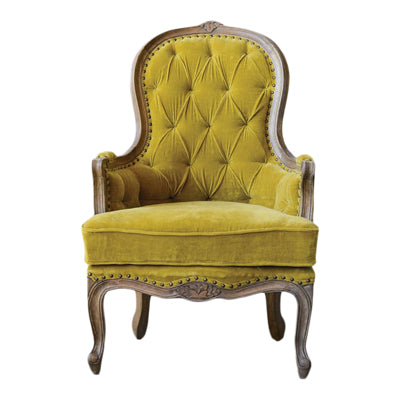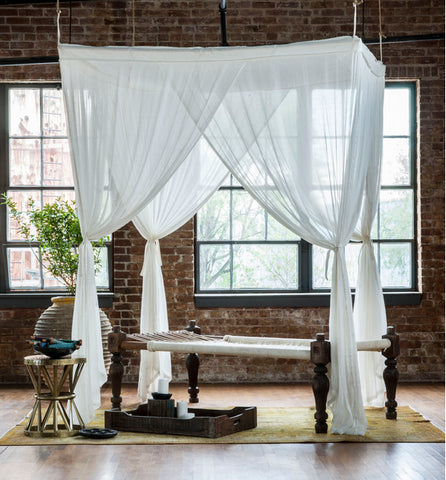In the Heart of Louisiana, One Man’s Impossibly Ornate Home
By the time you arrive in Breaux Bridge, population 8,139, two hours west of New Orleans, you will have adjusted to the dense, damp heart of Louisiana Cajun country. A few strip malls with dollar stores and fast-food restaurants have sprouted in recent years, but the town remains, like most of those along the bayou, stuck in the 1950s — there are muddy roads punctuated by crawfish joints, churches and, every hundred yards or so, billboards hawking personal injury lawyers (“Hurt Again?”) or swamp tours.
And then, through a thatch of 300-year-old giant live oaks dripping with Spanish moss, a vision stops you: an impossibly ornate, five-story square tower made of sand-finished concrete blocks, wood and pressed-iron sheeting ringed by topiary in 19th-century pots, surrounded by a four-foot-deep masonry-lined moat. You have arrived inside a Louis XV fever dream here on the banks of Lake Martin, the entirely self-created anachronistic empire of the antiques dealer Robert E. Smith, sixth-generation Louisianian, first-generation peerless eccentric.

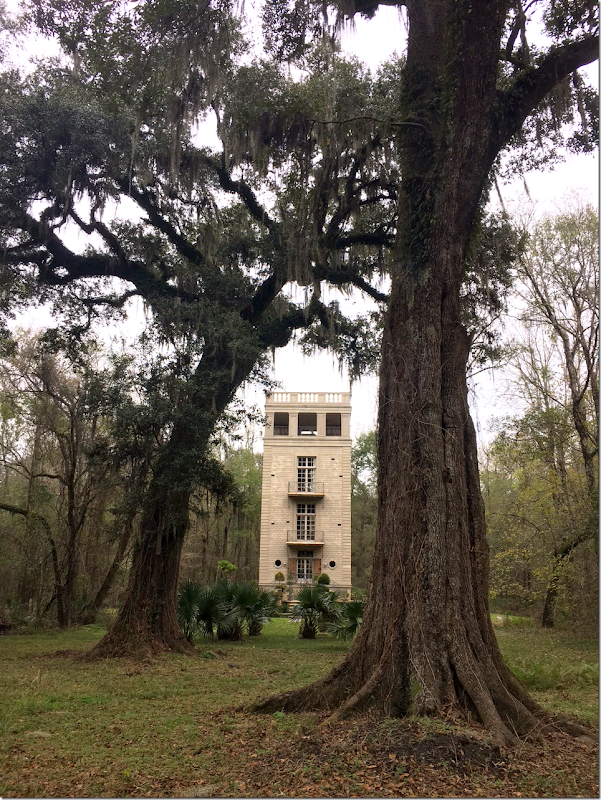

His voice rings out as you pull up; the perfect drawl, raised a bit to carry through the soupy air. He is 71, with a 17th-century Van Dyke beard and a silk ascot. “I suggest you begin walking where the pea-gravel path starts in order to approach the tower from its best vantage point,” he says, pointing to a twisting route laid out amid the cypress and the spider lilies. It is perpetually 1750 here, give or take a decade or two. “There really isn’t much use for the present,” Smith says, ushering you into a room with a crackling fire below a limestone mantel imported from Provence.



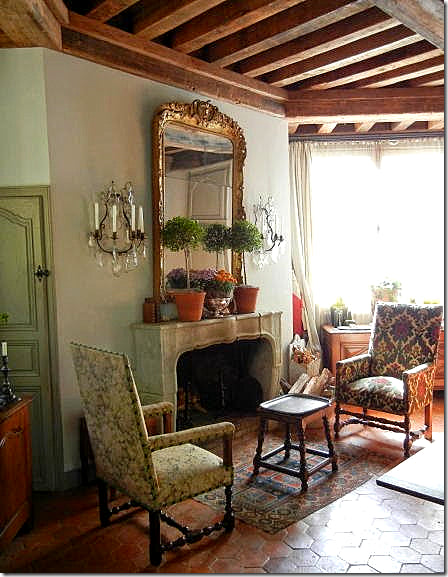
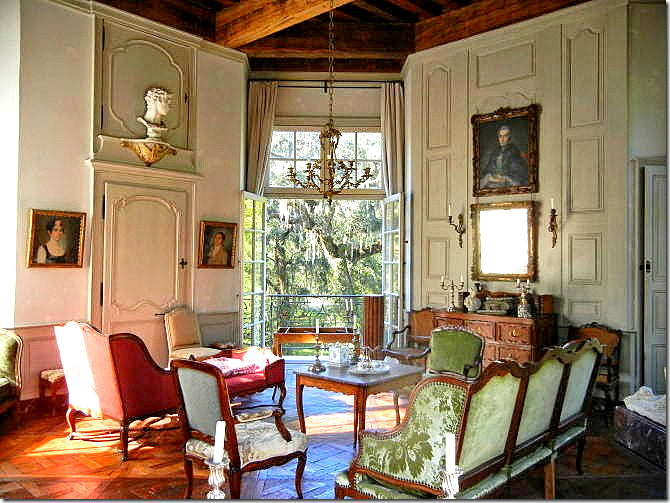
The 66-foot-high tower, which sits on 13 acres, features one large room per floor, connected via a steep wooden spiral staircase that moves you from the ground-floor guest room to the entry-level dining area to the third-floor bedroom, up to the salon on the fourth floor and finally to the rooftop terrace, with its daybed dramatically shrouded in mosquito netting. Although the building is square, its rooms are octagonal, precisely 548 square feet each, with the mechanicals and bathrooms tucked behind the plaster and boiserie walls. Every item — brocade sofas, velvet upholstered chairs, metal hinges, parquet de Versailles floors — is period perfect; Smith will brook no interruption of his rococo illusion.

His home was inspired by the “garden follies” of the era he venerates, known in France as “fabriques.” By definition, they were gloriously without purpose, outlandish in an otherwise groomed landscape. Fashioned as crumbling Roman temples, Turkish tents, ruined Gothic abbeys or vertiginously tall Asian pagodas, they provided both aesthetic charm and a clear satirical subtext: These were monuments to classical virtue in contrast to 18th-century court excess.
Smith, the product of a “very regular football-and-TV household” about 30 miles away, has lived in the region his entire life. In high school, he took a tour of a local house “done up in what they called French Provincial,” he says, and became transfixed by its 18th-century accouterments. After training in architecture at the University of Southwestern Louisiana in nearby Lafayette, he worked in a natural history museum, then began to travel back and forth to France to source container loads of antiques for a small roster of local clients. He now spends half the year in the South of France, trawling the countryside for Louis XV-era treasures. He owns a house in Uzès, near Nîmes, completely outfitted in period style.
His main operation, though, is Au Vieux Paris Antiques, a shop in Breaux Bridge that he runs from a pair of crumbling 19th-century homesteads a few miles from the folly. Smith lived in one of these for decades (“that one I did up in early Louisiana furniture and Directoire,” he says) until he finished his tower 18 years ago, after two years of nonstop construction. The first three contractors refused the job before he “found one crazy enough to take on my own particular craziness,” he says. Smith schooled the painters in a nine-step crackle finish to ensure the trim matched the ancient doors, and says the craftsmen “were so inspired by the project that they would go home and bathe after work and then just come back to sit here wordlessly.”

Smith spends most evenings alone, watching VHS tapes on his ’90s-era television, cleverly camouflaged behind a panel in the bedroom. He loves to throw dinner parties in his folly in the woods, though he concedes it isn’t always easy to attract a “proper roster” of guests. When he does manage to get people together, he serves a full French Creole feast on his Comte d’Artois porcelain and 19th-century crystal; for his birthday, a friend hired violinists to play from a clandestine loft that overlooks the living room. “There is a scrim up so they couldn’t gaze at the guests while they played, of course,” Smith says. As for the wisdom of having people enjoy a jeroboam of Bâtard-Montrachet before negotiating a flight of vertiginous stairs to find a bathroom wedged behind a hidden door, he is suitably dismissive: “People have been drinking large quantities of wine and descending steep steps for thousands of years, my dear. Some things simply should not be worried about.”


Photo Credits: Cote de Texas https://cotedetexas.blogspot.com/2016/05/follies-pavilion-de-lac-martin.html
Article excerpted from NY Times Article by NANCY HASS https://www.nytimes.com/2018/05/08/t-magazine/design/louisiana-cajun-country.html
GET THE LOOK
See more....



